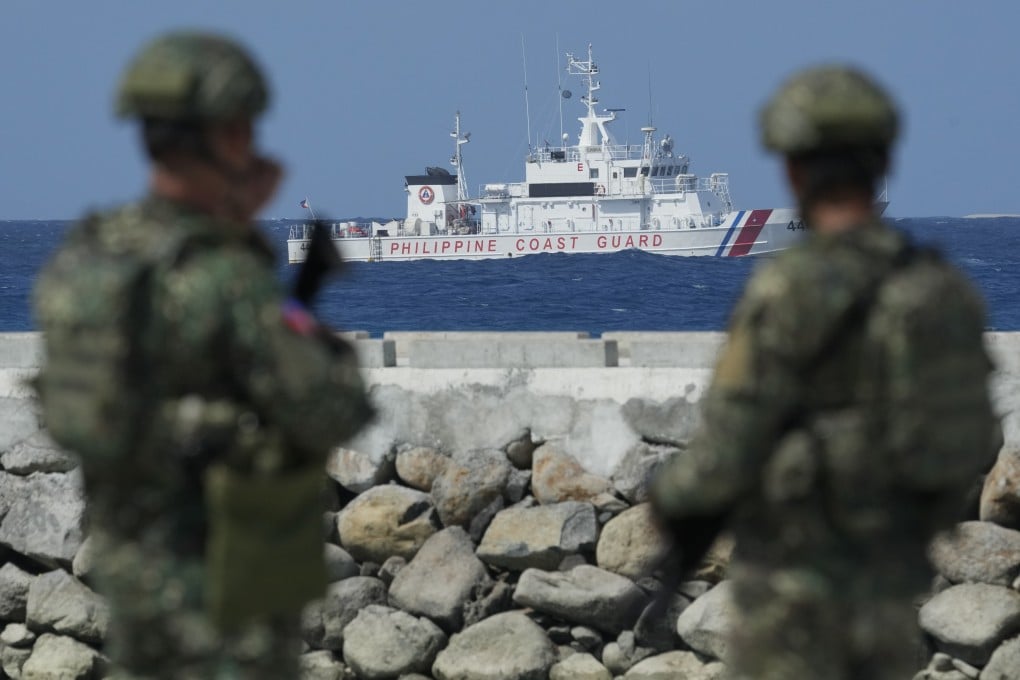Advertisement
South China Sea: Beijing, Asean claimant states risk pushing beyond ‘grey zone between peace and war’ in 2024
- Clashes in the disputed waters this year portend further incidents in 2024 that could result in a serious conflict, analysts say
- China is expected to keep tensions simmering within the ‘grey zone’ to stake its claims but this entails risk of miscalculations
Reading Time:7 minutes
Why you can trust SCMP
39

The South China Sea has long been one of the most disputed stretches of water on the planet with territorial tensions festering for many years and 2023 is no different – with one exception: the number of incidents among claimant nations and exchanges of belligerent rhetoric have escalated.
Advertisement
Analysts say that the Philippines’ increasingly confrontational stance against China’s “grey-zone” tactics – particularly over flashpoints in waters around the Second Thomas Shoal and the Scarborough Shoal – and its further alignment with the US could keep tensions simmering or even risk an outbreak of serious conflict.
Earlier this month, the Philippines accused Chinese vessels of firing water cannons and ramming into its ships while China said it was engaged in legitimate “control measures” during the incident.

The decades-long conflict involving multiple claimant nations – China, the Philippines, Vietnam, Brunei and Malaysia – has long simmered in an area that foreign policy and military analysts describe as the “grey zone between peace and war”.
On Monday, Communist Party mouthpiece People’s Daily said that the Philippines was continually provoking China with “extremely dangerous” behaviour that threatened regional stability.
Philippine military spokesman Medel Aguilar shot back the next day, accusing China of performing dangerous manoeuvres. “They are the ones committing all the violations,” Aguilar said on state-run broadcaster PTV.
The exchange was indicative of the hardened stances both countries have taken over the disputed waters, with neither side showing signs of backing down. But while China has long held onto its uncompromising position, the Philippines’ increasingly aggressive resistance reflects a shift in policy over the dispute after Philippine President Ferdinand Marcos Jnr took office last year.
Advertisement

Advertisement